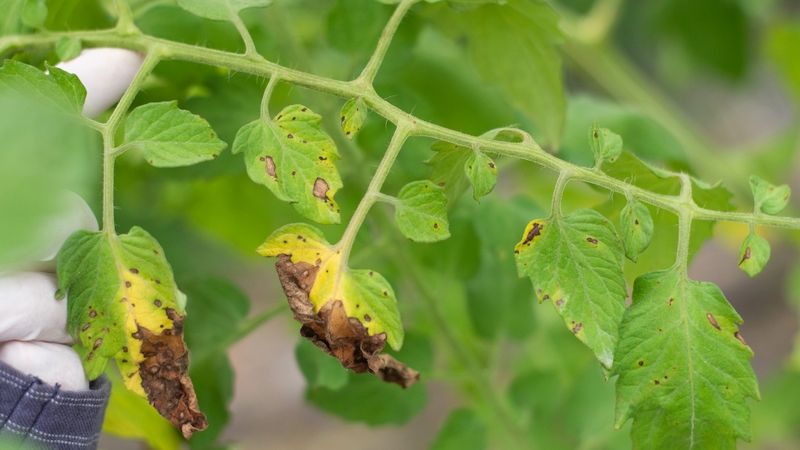Appealing Science: Why the Shape of Apples are So Unique
How do apples grow their distinctive shape? A team of mathematicians and physicists have recently used observations, lab experiments, theory and computation to understand the growth and form of the cusp of an apple — aka, the dimple at the top where the stem grows.
The paper is published in Nature Physics.
“Biological shapes are often organized by the presence of structures that serve as focal points,” says L Mahadevan, the Lola England de Valpine Professor of Applied Mathematics, of Organismic and Evolutionary Biology, and of Physics at the Harvard John A. Paulson School of Engineering and Applied Sciences and senior author of the study. “These focal points can sometimes take the form of singularities where deformations are localized. A ubiquitous example is seen in the cusp of an apple, the inward dimple where the stalk meets the fruit.”
Mahadevan had already developed a simple theory to explain the form and growth of apples but the project began to bear fruit when the researchers were able to connect observations of real apples at different growth stages and gel experiments to mimic the growth along with theory and computations.
RELATED CONTENT: How Science Is Helping Us Produce Better Pome Fruit
The research team began by collecting apples at various growth stages from an orchard at Peterhouse College at University of Cambridge in the U.K., (the alma mater of another famous apple lover, Sir Isaac Newton).
Using those apples, the team mapped the growth of the dimple, or cusp as they called it, over time.
To understand the evolution of the shape of the apple and the cusp in particular, the researchers turned to a long-standing mathematical theory known as singularity theory. Singularity theory is used to describe a host of different phenomena, from black holes, to more mundane examples such as the light patterns at the bottom of a swimming pool, droplet breakup, and crack propagation.
Building from this theoretical framework, the researchers used numerical simulation to understand how differential growth between the fruit cortex and the core drives formation of the cusp. They then corroborated the simulations with experiments which mimicked the growth of apples using gel that swelled over time. The experiments showed that different rates of growth between the bulk of the apple and the stalk region resulted in the dimple-like cusp.
For more, continue reading at ScienceDaily.com.









